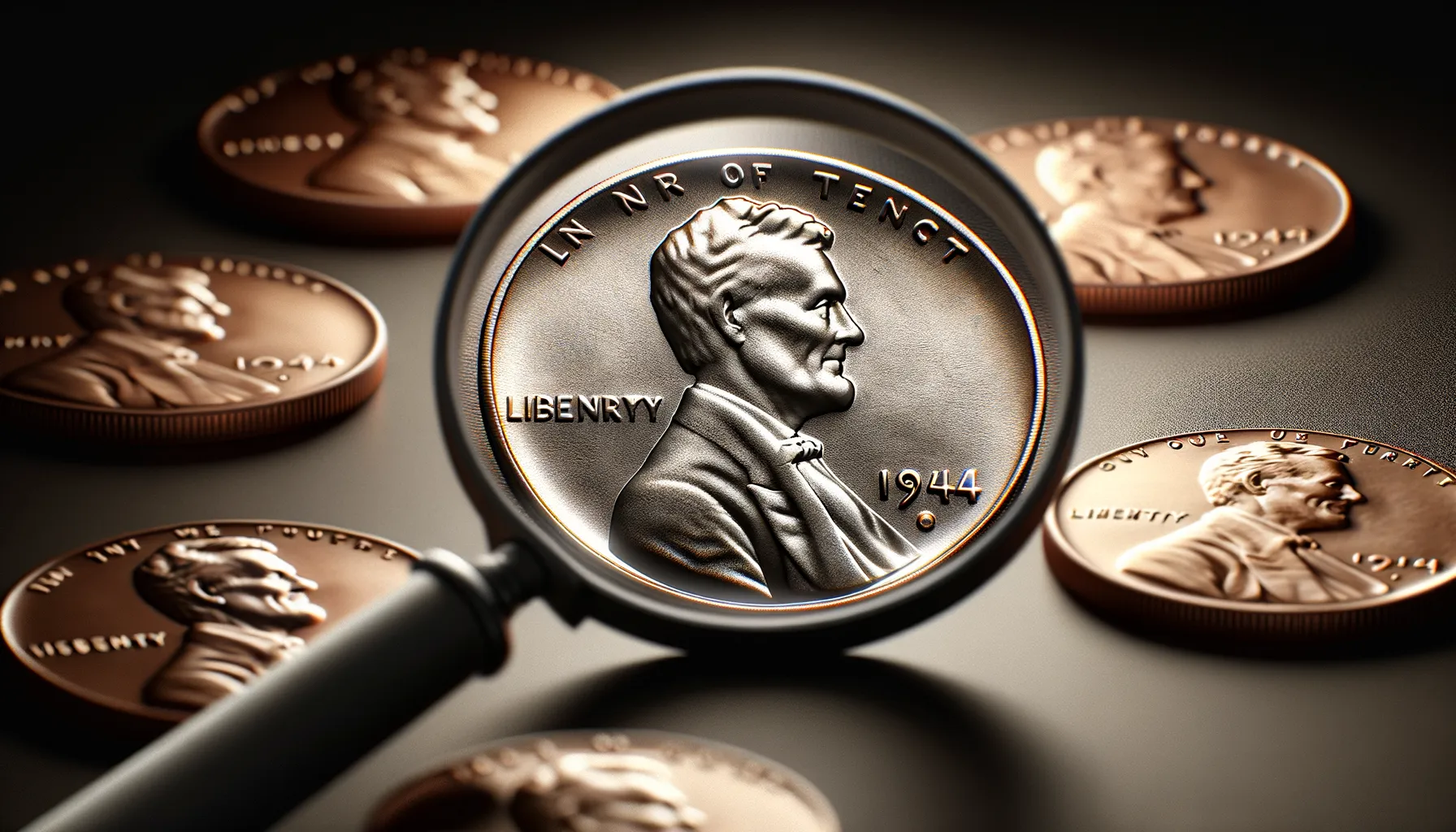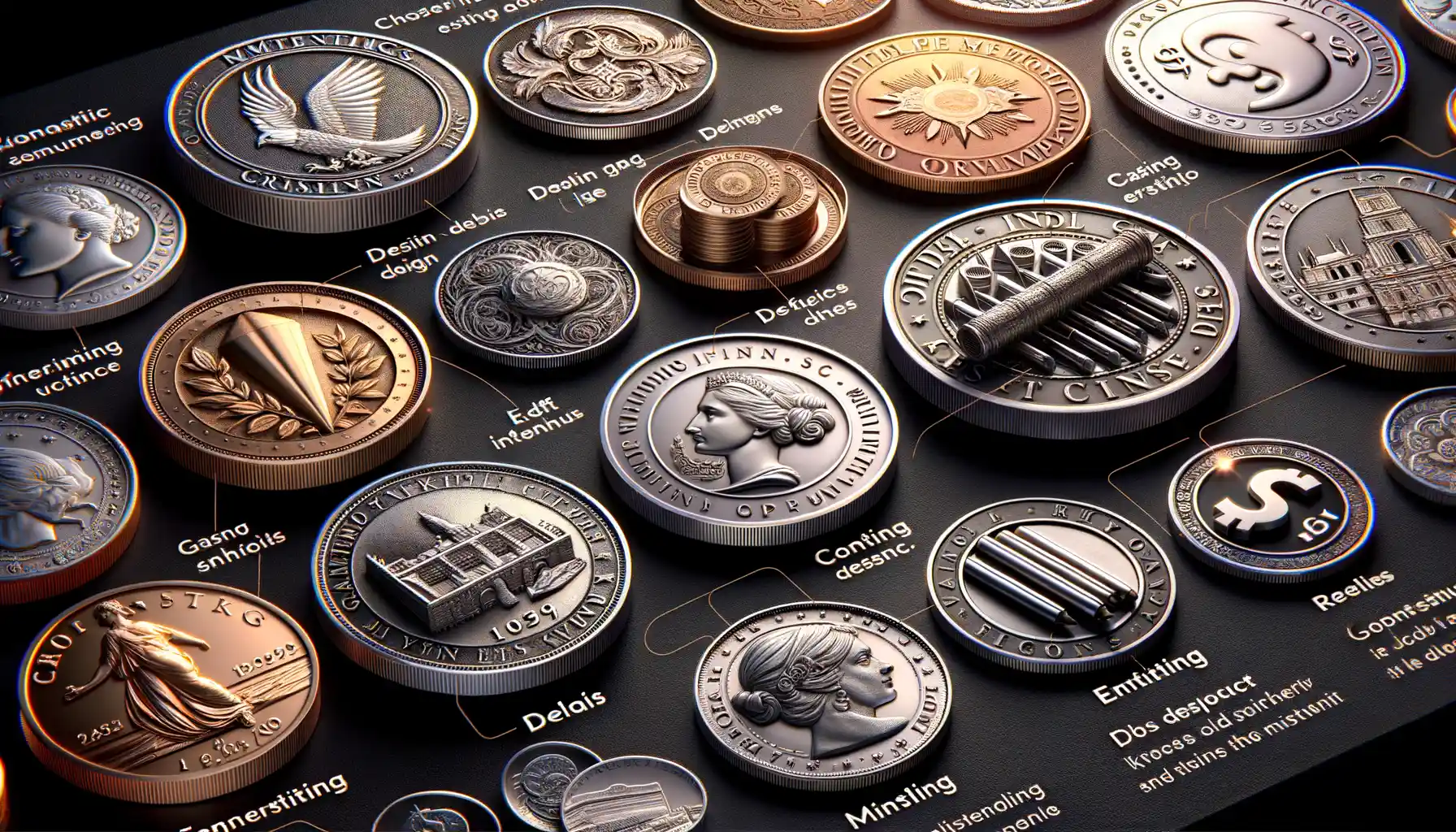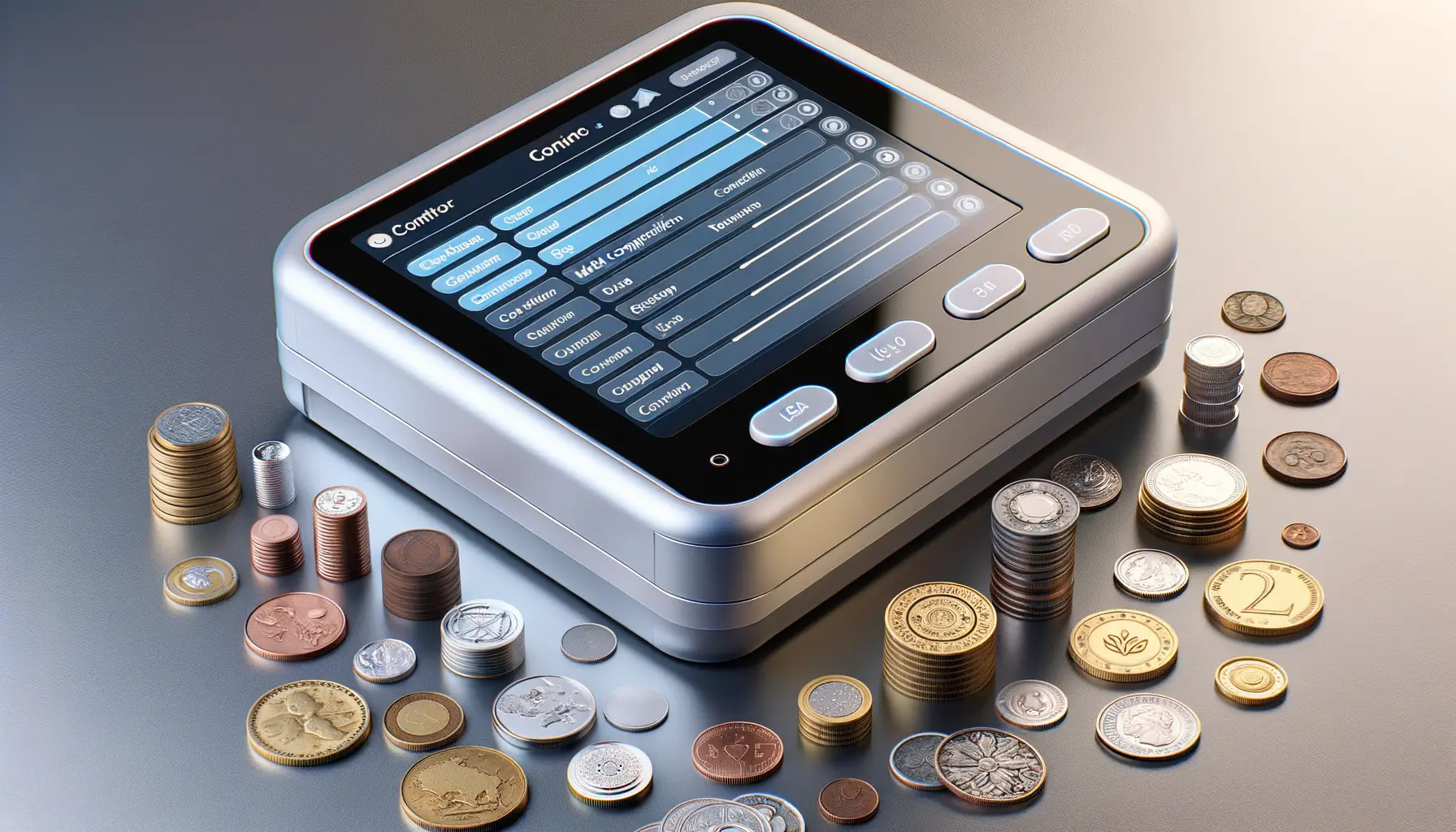Understanding the History and Appeal of Collectible U.S. Coins
The Stories Behind the Metal
Imagine holding a small piece of history in the palm of your hand. That’s exactly what collecting U.S. coins is like—quietly gripping evidence of a time gone by, a connection to generations who carried these coins in their pockets and purses. Each nick and scratch whispers tales of its journey: from Civil War battlefields to bustling 1920s speakeasies.
Some coins reflect pivotal moments. Take the humble Buffalo Nickel (1913–1938). It tells the story of America’s western frontier, with its rugged bison design standing as a tribute to both wilderness and resilience. Or the stately beauty of the Walking Liberty Half Dollar (1916–1947), which captures the country’s hope and perseverance during two World Wars.
What Makes Collectible Coins So Magnetic?
Collectors are drawn to U.S. coins for reasons that go far beyond their value in dollars. Why? Here’s why these treasures keep people coming back:
- Artistry: Coins, especially older ones, are miniature works of art. Their intricate designs rival paintings or sculptures.
- Rarity: Some coins were minted in small numbers or retired long ago, making them elusive and thrilling to find.
- Nostalgia: Coins evoke personal stories—maybe your grandfather shared his old pennies, or you found one in pristine condition tucked away in an attic.
When you start seeing coins as storytellers, their appeal becomes irresistible. Every piece hides a secret, waiting for you to uncover.
Top Overlooked U.S. Coins That Are Highly Valuable
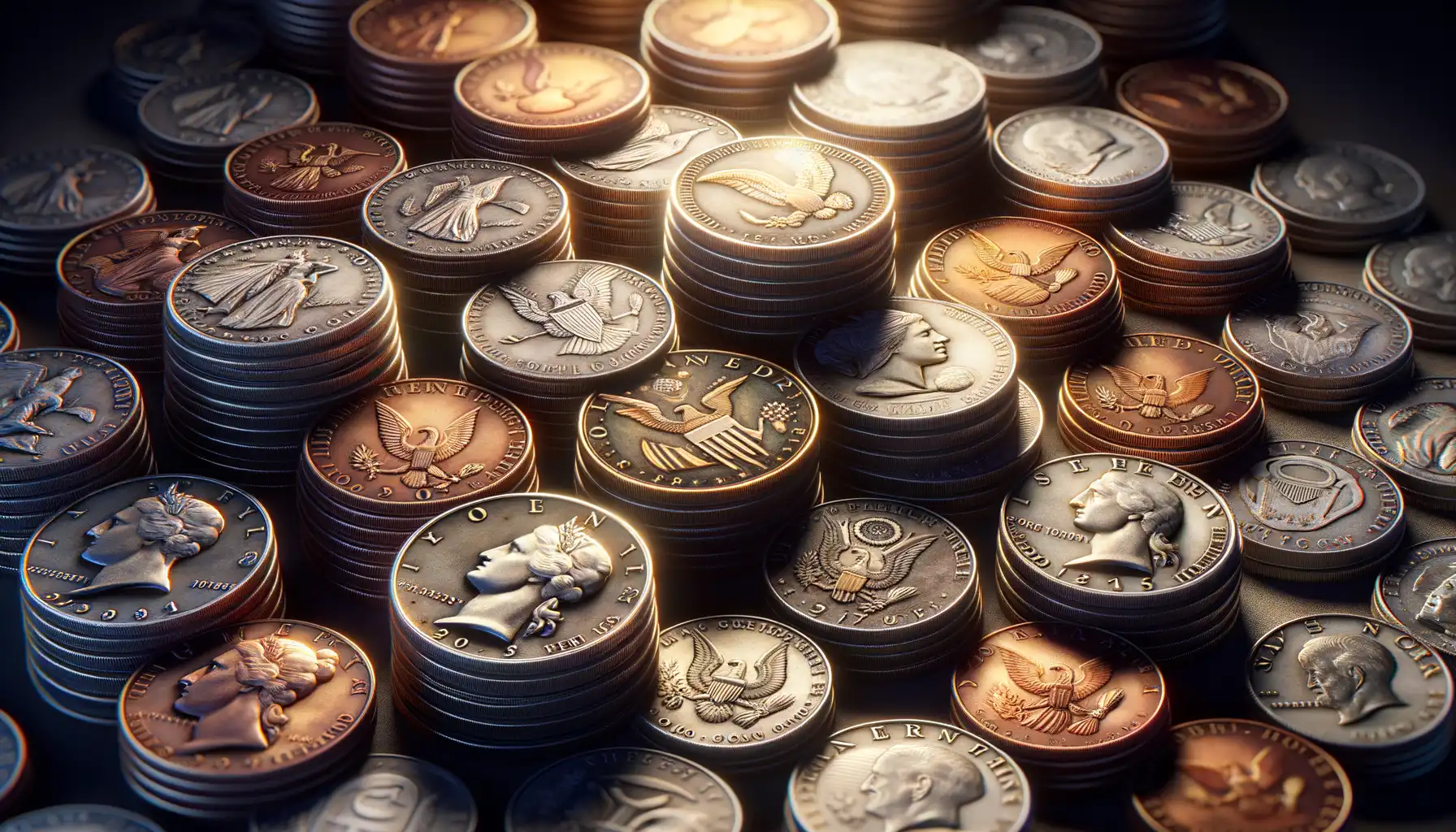
Forgotten Treasures That Could Be in Your Pocket
Have you ever looked at a handful of change and wondered if there’s more than meets the eye? Some coins most collectors sleep on can be worth a small fortune. It’s like finding gold tucked inside your couch cushions. Here are a few overlooked U.S. coins that could turn a casual collector into an investor:
- 1943 Copper Penny: While most pennies that year were made from steel due to WWII shortages, a few escaped as copper. If you have one, it’s like owning a piece of history with a six-figure price tag!
- 1913 Liberty Head Nickel: This sneaky coin hides a massive value. Only five were made, making them rarer than a blue moon.
- 1974 Aluminum Penny: Imagine carrying a coin so rare Congress literally didn’t approve its release. Most of these experimental pennies disappeared, but one could still be out there.
Everyday Finds That Are Anything But Ordinary
The beauty of hunting for hidden gems in U.S. coins is they sometimes hide in plain sight. Check your wallet or pocket change for:
- 1992 Close AM Lincoln Penny: A tiny difference in the spacing between “A” and “M” on the reverse side makes this penny surprisingly valuable.
- 2004 Wisconsin State Quarter (Extra Leaf): Who knew a corn leaf could make you rich? Look closely at the husks on this quarter—you might spot an extra one worth big bucks.
Every coin has its own story, quirks, and secrets. The question is: will you uncover the next big one?
Factors to Identify Hidden Gems in Coin Collecting
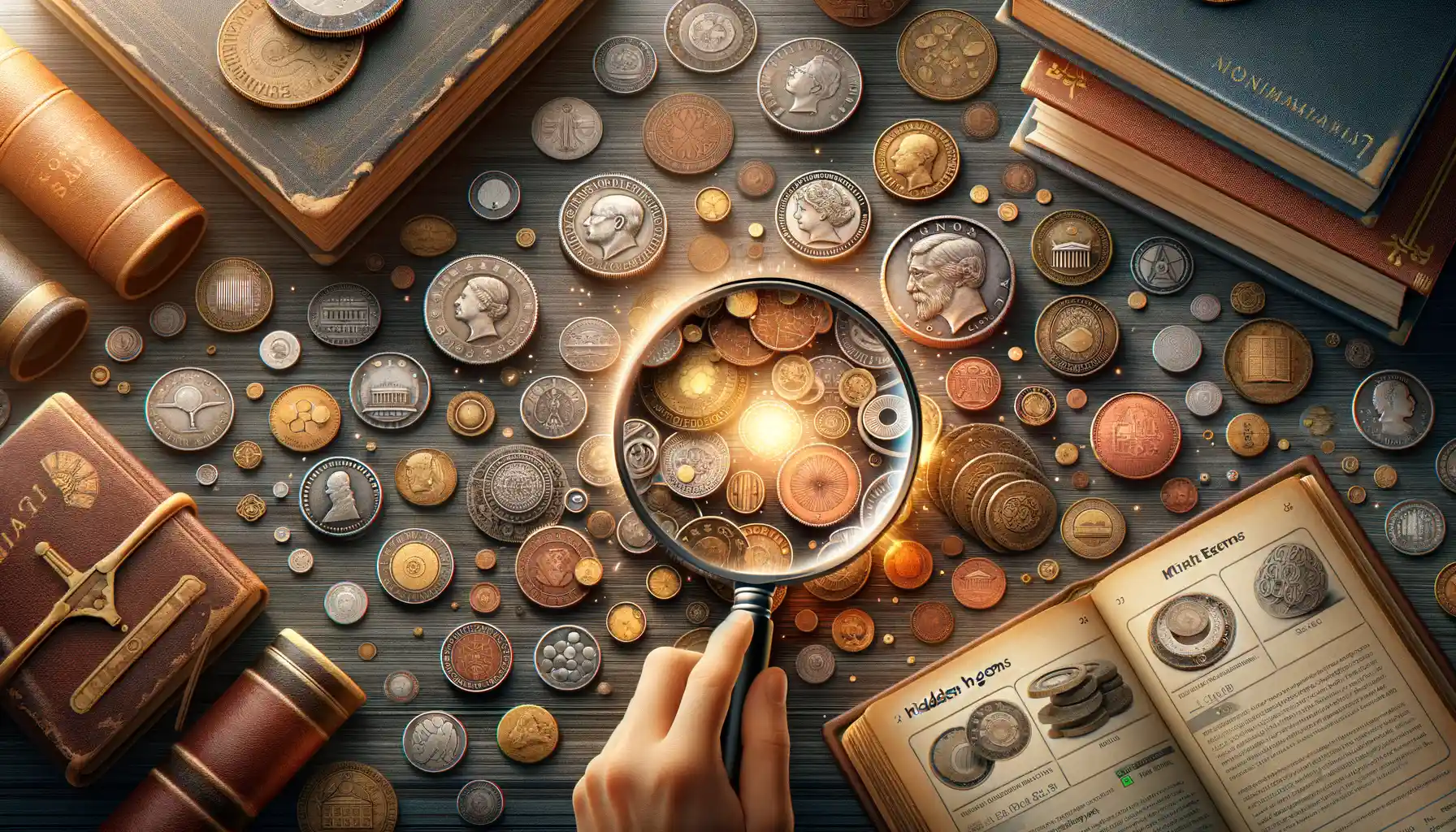
Hunting for Clues: What Makes a Coin a “Hidden Gem”?
Spotting a hidden gem in the world of coin collecting feels like unearthing buried treasure. But how do you identify these overlooked beauties? It’s all about learning to read between the lines—or, in this case, the mint marks and patina.
- Low mintage numbers: Coins with fewer copies produced are often hiding immense potential value. Think of them as limited-edition collectibles that only a few lucky hands can hold.
- Mint errors: Ever heard of coins with off-center designs or doubled dates? These quirky mistakes from the minting process make certain coins stand out to collectors.
- Historical significance: Sometimes, it’s not just the coin but the era it symbolizes that makes it special. Anything linked to a major event or societal shift can carry extra weight in a collection.
The Art of the Overlooked
What truly defines a hidden gem isn’t always obvious at first glance—just think of an old 1943 steel penny tucked into change. Is it shiny? Unique? A little mysterious? Often, rarity isn’t enough; watch for details like unusual toning (nature’s accidental art) or intriguing provenance, such as coins once owned by prominent collections. Trust your gut and let curiosity lead the way.
Tips for Starting and Expanding Your Coin Collection
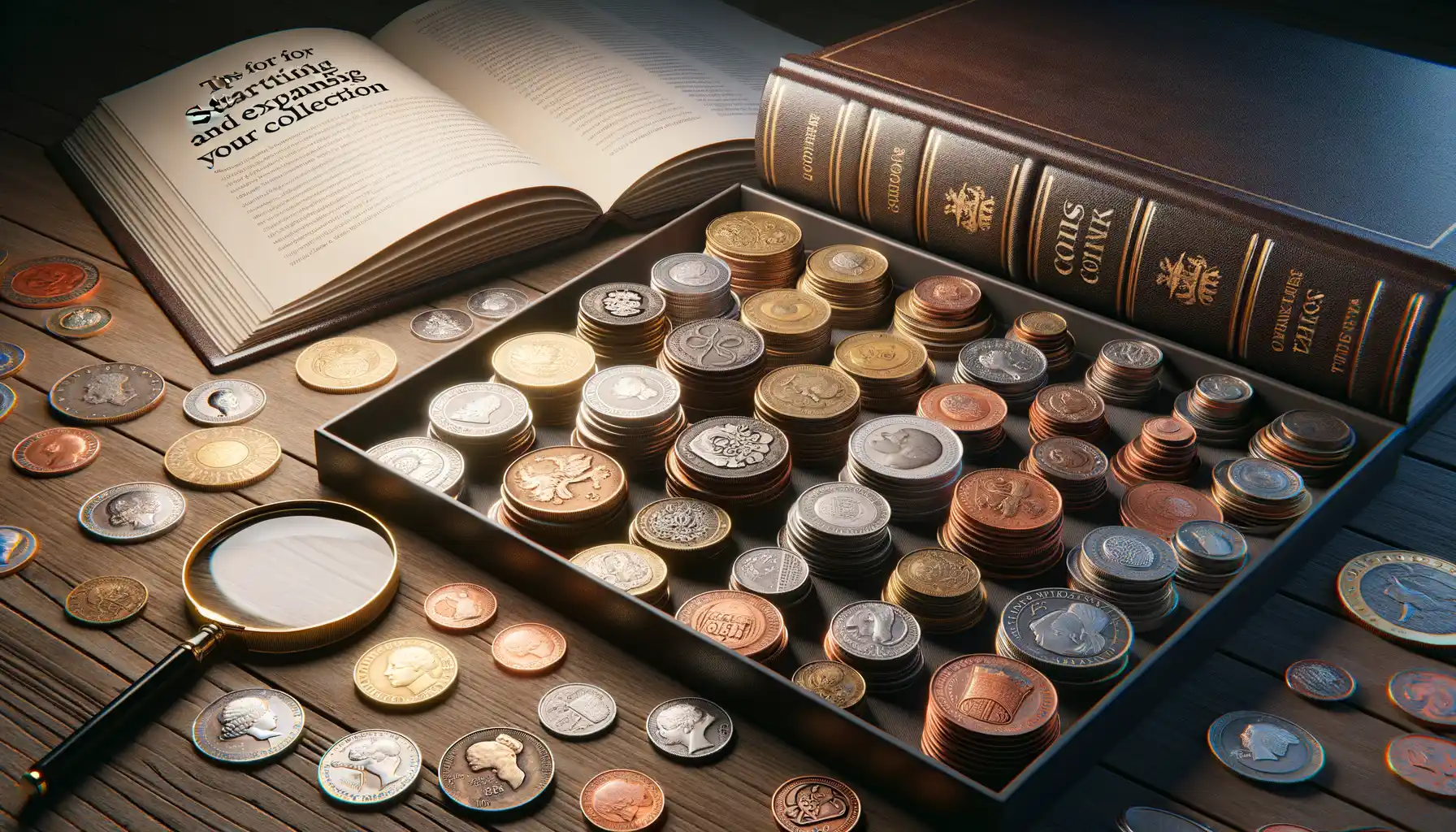
Getting Started: From Pocket Change to Prized Finds
Starting your coin collection is like embarking on an adventure through time—each coin a tiny time capsule of design, history, and human stories. First things first: don’t overthink it! Begin with what’s already in your grasp—your pocket change, inherited jars of old coins, or even that dusty drawer everyone forgets about. Examine those coins closely; sometimes a simple 1970s penny may have an unusual mint error worth a second look.
To keep the spark alive, aim small but meaningful. Maybe you focus on a specific denomination, like nickels or quarters, or chase after unique series such as the State Quarters or Buffalo Nickels. When starting out, it’s also helpful to grab a collector’s folder—they’re affordable and let you track your progress visually, like filling in puzzle pieces.
- Buy a magnifying glass—it’s fascinating to spot those tiny details hidden on the surface.
- Create a “wish list” for coins you want to find (or buy)—it keeps things exciting!
- Learn the basics of grading, so you can assess condition like a pro and avoid rookie mistakes.
Expanding: Hunting for Treasured Pieces
Once you’ve caught the collector’s bug, it’s time to dive into the deeper waters of numismatics. Consider visiting local coin shops or attending coin shows—they’re treasure troves of expertise, rare finds, and passionate stories from lifelong enthusiasts. Don’t be shy—coin dealers often love sharing their knowledge and may even cut you a deal if they see your genuine excitement.
Online auction sites like eBay and specialized platforms such as PCGS are also fantastic for expanding your collection, but tread carefully. Research sellers, read reviews, and always pay attention to photos and descriptions to weed out counterfeits. A little caution goes a long way.
Finally, think about joining a coin club or community. There’s nothing better than showing off your newest 1943 steel penny to people who get just as excited as you! Plus, trading duplicates or learning from seasoned hobbyists can fast-track you toward finding true hidden gems.
Resources for Coin Collectors and Enthusiasts
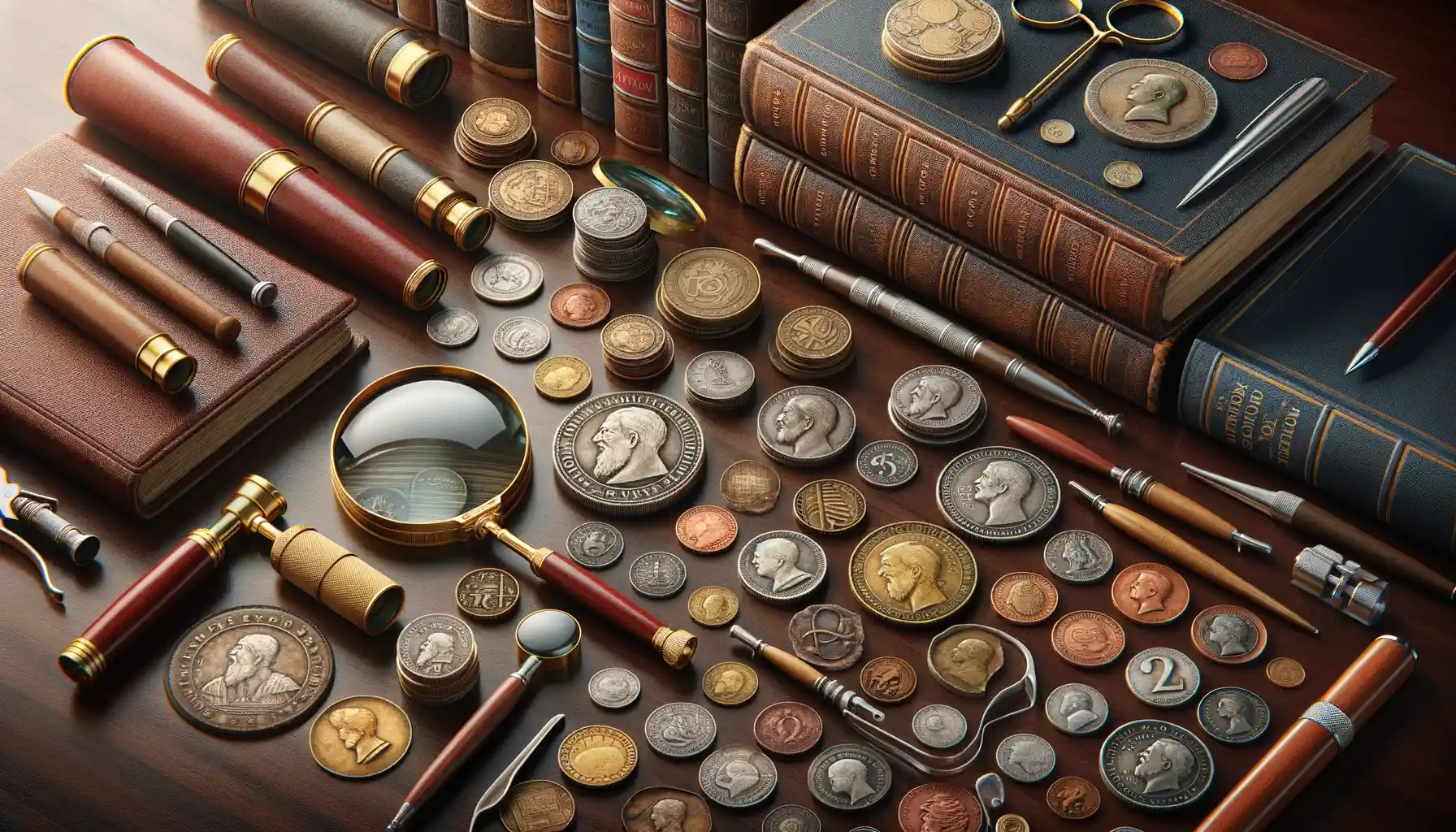
Where Passion Meets Knowledge
For those who find joy in the shimmer of an old dime or the heft of a historic silver dollar, discovering the right resources is like striking gold. Whether you’re a curious beginner or a seasoned numismatist, having the right tools can completely transform your collecting journey. Think of it as a treasure map—without it, how would you know where X marks the spot?
Start with online forums, where avid collectors swap stories and insights like kids trading baseball cards. Communities like CoinTalk or the PCGS Coin Forum are bursting with discussions on rare finds, tips for spotting fakes, and even debates over which coins deserve a spot in your collection. It’s a lively scene, full of learning and unexpected friendships.
Your Collector’s Toolbox
Every great collector needs a solid set of tools. Don’t leave home without these essentials:
- Magnifiers and loupes: These are key for inspecting fine details that could make or break a coin’s value.
- Coin catalogs and books: Dive into publications like the Red Book to uncover hidden histories and updated values.
- Protective gear: From coin flips to airtight cases, safeguarding your treasures is just as important as finding them.
Last but not least, don’t underestimate the magic of live experiences. Local coin shows, museum exhibitions, or even a visit to the American Numismatic Association Headquarters can spark inspiration like nothing else. Coins aren’t just objects—they’re little time travelers holding centuries of stories. Why not keep exploring?

